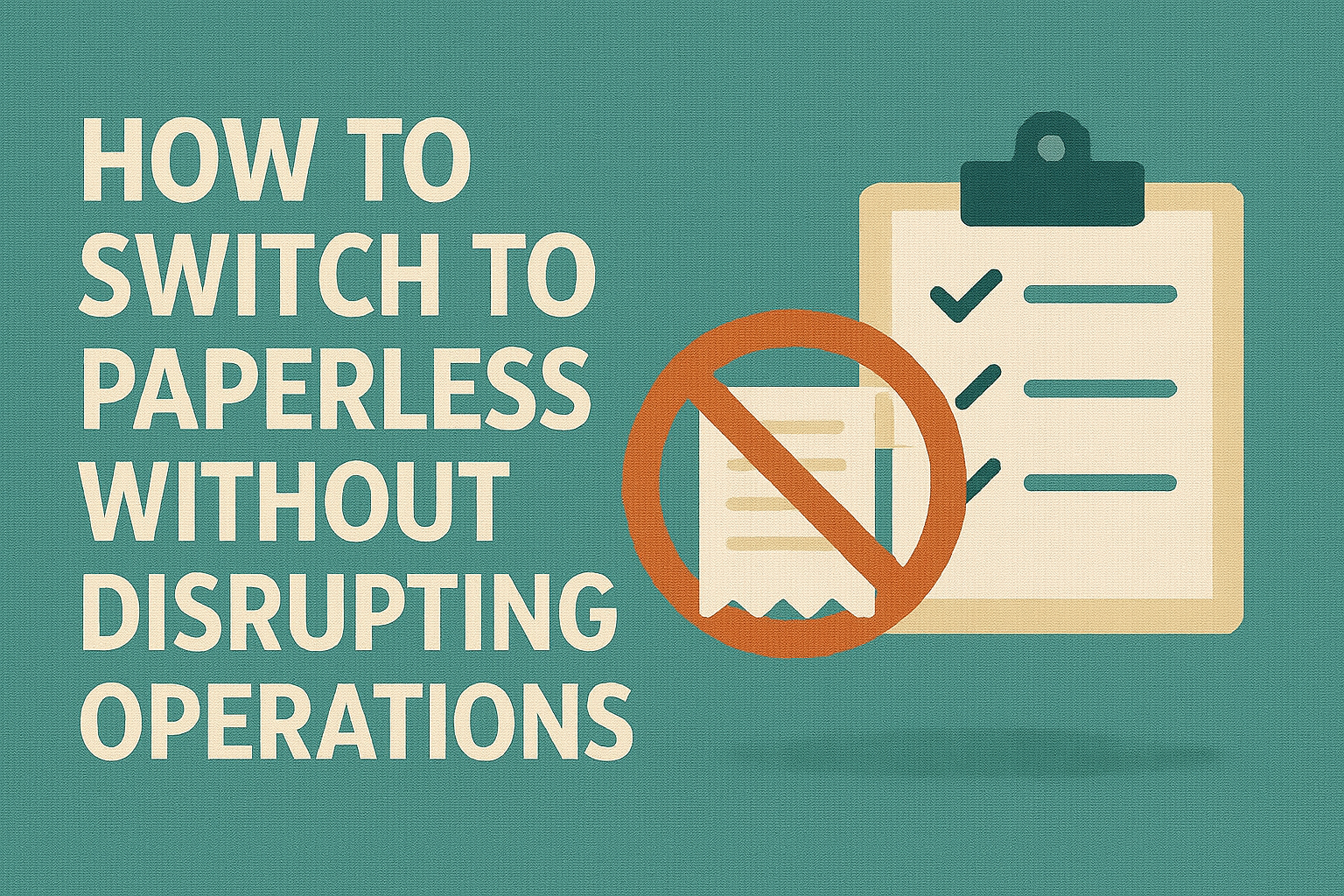
Switching to a paperless system can feel like a big leap — especially for small and medium-sized businesses that have relied on paper for years. But the truth is, going digital doesn’t have to disrupt your daily operations.
With the right approach, businesses can transition smoothly, keep their team onboard, and start enjoying the time and cost savings of paperless workflows almost immediately.
Here’s a step-by-step guide to help you make the switch without slowing down your business.
Going paperless doesn’t mean digitizing everything overnight. In fact, one of the easiest ways to avoid disruption is to start small.
Pick a single workflow — for example:
Digitizing one area first allows your team to build confidence, adapt to new tools, and learn best practices before expanding.
👉 Many SMEs start their transition with ccMonet’s automated invoice and receipt management because it’s fast, lightweight, and doesn’t require retraining the entire company.
The most common reason paperless transitions fail isn’t technology — it’s resistance to change.
To avoid this:
When employees understand how a paperless system makes their work easier, adoption happens more naturally.
Don’t force a new workflow that breaks everything else. Instead, look for tools that integrate smoothly with your current accounting or operational systems.
For example, ccMonet works alongside platforms like QuickBooks Online or Xero. It acts as an automation layer — not a full system replacement — which means minimal disruption and faster ROI.
You don’t need to scan every old receipt or invoice to go paperless. That’s a common trap that slows businesses down.
A smarter approach:
This way, your transition focuses on moving forward, not getting stuck in the past.
The true value of going paperless isn’t just storing files online — it’s automation.
By automating manual steps like invoice data entry, categorization, and reconciliation, you can:
Platforms like ccMonet are built specifically for this: employees upload documents, and the AI handles the rest.
Even digital systems can get messy if you don’t set ground rules.
To keep everything organized:
This ensures your team knows exactly where to find information, just like (or better than) your old filing cabinet.
Finally, don’t treat this as a one-time project. A smooth paperless transition comes from:
With the right pace, your paper-based processes will quietly disappear — without ever causing operational chaos.
A paperless transition isn’t about tearing down what works. It’s about making what already works simpler, faster, and smarter.
ccMonet helps SMEs make this shift with minimal friction — automating expense collection, categorization, and reporting so your team can work better, not harder.
👉 Discover ccMonet and see how to go paperless without disrupting your business.